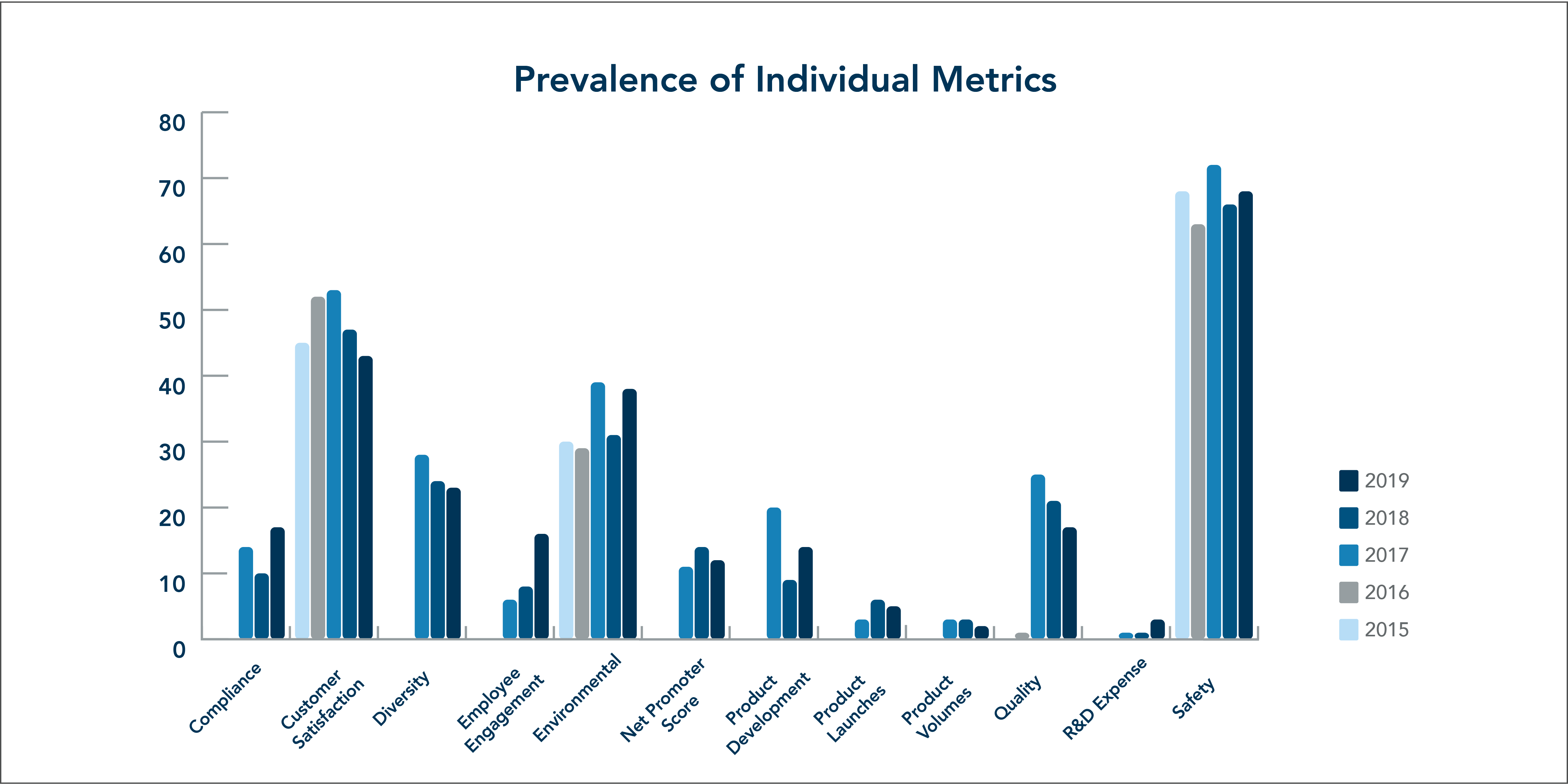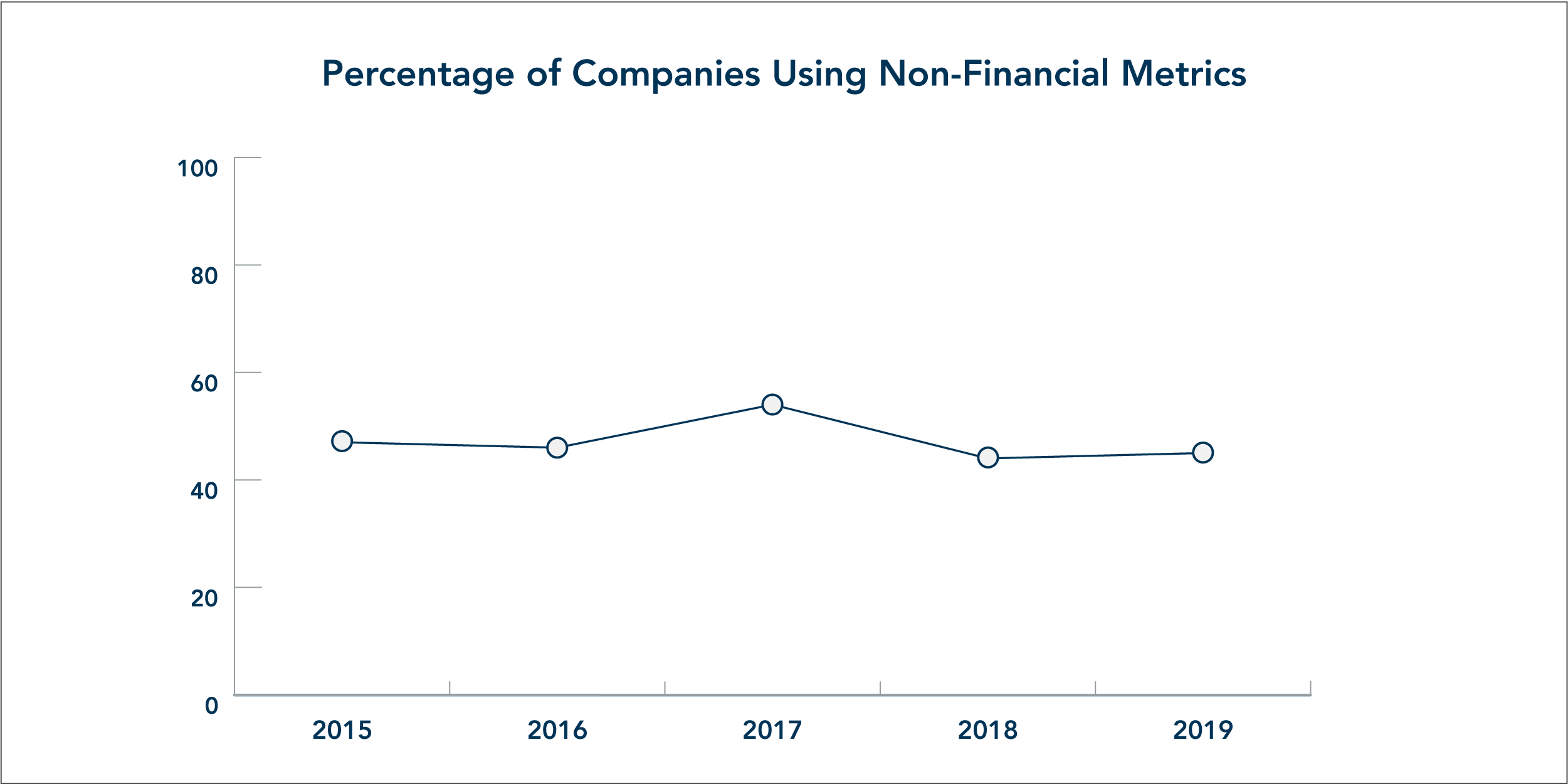Connor Doyle is a Research Analyst at Equilar, Inc. This post is based on his Equilar memorandum.
On August 19, the Business Roundtable made waves in the corporate governance community by publishing its Statement on the Purpose of a Corporation. By shifting away from a model that emphasizes shareholder return over all other considerations, the Business Roundtable asserted that companies should embrace the “Stakeholder Model,” meaning that corporations should balance the needs of all stakeholders in a business: shareholders, employees, customers and the communities in which a business operates.
While this declaration has no enforcement mechanism of its own, it represents a significant rethinking of the way corporations operate in a capitalist framework. The Roundtable proposal requires corporate participation to become effective, and while the announcement caused a stir in the corporate governance world, it came at a time when institutional investors and activists had already demanded that boards pay closer attention to subjects like diversity, environmental impact and corporate responsibility. This begs the question, does the Roundtable statement represent a fundamental departure from corporate governance trends, or does this announcement fall in line with a movement away from the shareholder model towards one that emphasizes the needs and concerns of all stakeholders?
One way that the stakeholder model can be put into practice is by altering the metrics that compensation committees use to evaluate the performance of their executives. Traditional metrics like shareholder return and revenue growth typically correlate to movements in stock price, but other metrics such as environmental impact, diversity and customer satisfaction encourage executives to focus on the concerns of other stakeholders. These metrics define what success and failure looks like for an executive, and Equilar has seen consistent use of non-financial metrics in the Equilar 500—a subset of the largest U.S. public companies—throughout the past five years. While the prevalence of these metrics in aggregate has not changed significantly in this time period, certain particular metrics have seen a significant rise, and may suggest an emerging trend that supports the efforts of the Business Roundtable in practice.
Non-financial metrics have remained relatively flat over the past five years, with a spike in 2017. 2017 saw a significant uptick in both the number and percentage of companies using non-financial metrics to evaluate executives’ annual incentive performance (Figure 1 and 2):
These metrics were present in over 50% of Equilar 500 companies in 2017 that disclosed their evaluation metrics, but in other years they hovered around 45%. This suggests that non-financial performance has been consistently valued over the past five years, and that the Roundtable announcement does not represent a sudden swing in corporate governance philosophy within the Equilar 500. Looking at these metrics individually, however, we can see the rise and fall of some specific targets in annual performance evaluation.
Figure 3

Metrics related to employee engagement jumped from six to 16 companies in the past three years, and environmental considerations went from 30 to 38 companies in five years. Customer satisfaction and safety remained relatively flat, going from 45 to 43 companies for customer satisfaction and safety plateauing at 68 companies. All of these metrics peaked in 2017, besides employee engagement which saw the most significant gain this year. However, the rise in employee engagement this year suggests that boards are paying closer attention to employee needs, and that the stakeholder model has already begun to take effect. Of course, performance metrics are only one of many tools used to measure the trends in corporate governance towards a stakeholder model. Diversity decreased as a metric in the past three years, but board gender diversity has grown in this time period as directors see increasing pressure from lawmakers and investor groups to bring women into boards that have historically favored men, as seen by the Equilar Q2 2019 Gender Diversity Index. Boards have attempted to set an example in the highest levels of corporate governance, with the hope that these changes will facilitate cultural transformation in the lower rungs of the ladder. While this trend should be encouraging to supporters of the stakeholder model, it is important to focus on the way executives are incentivized to make key decisions for their companies, as these are the individuals who bring about change on a daily basis. Boards can make sweeping changes to company culture, but each board only meets a few times a year. It is the responsibility of upper management to implement changes on the ground, and to directly engage with the corporate culture in which they participate. For the stakeholder model to truly take hold, executives should be evaluated on how they deliver results for their employees, customers and their communities.
 Print
Print
